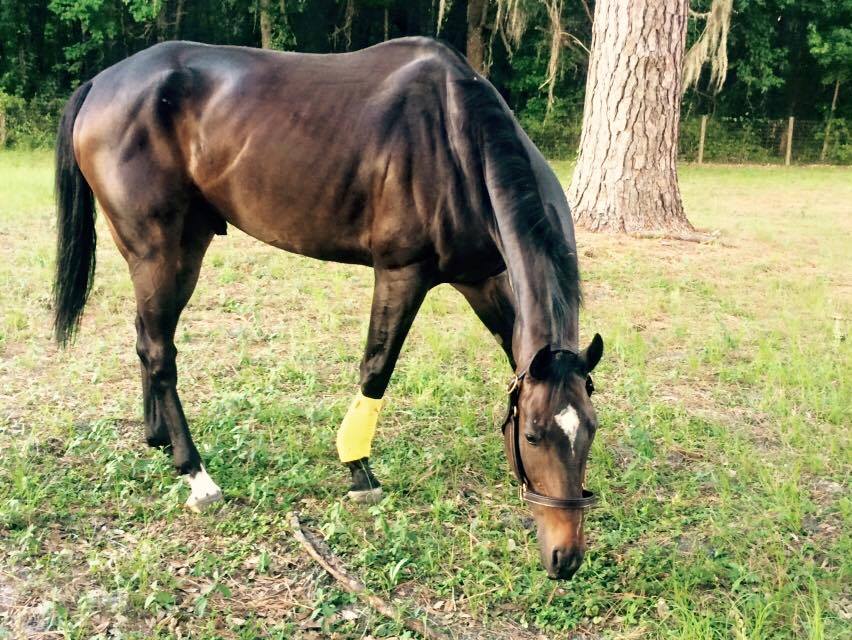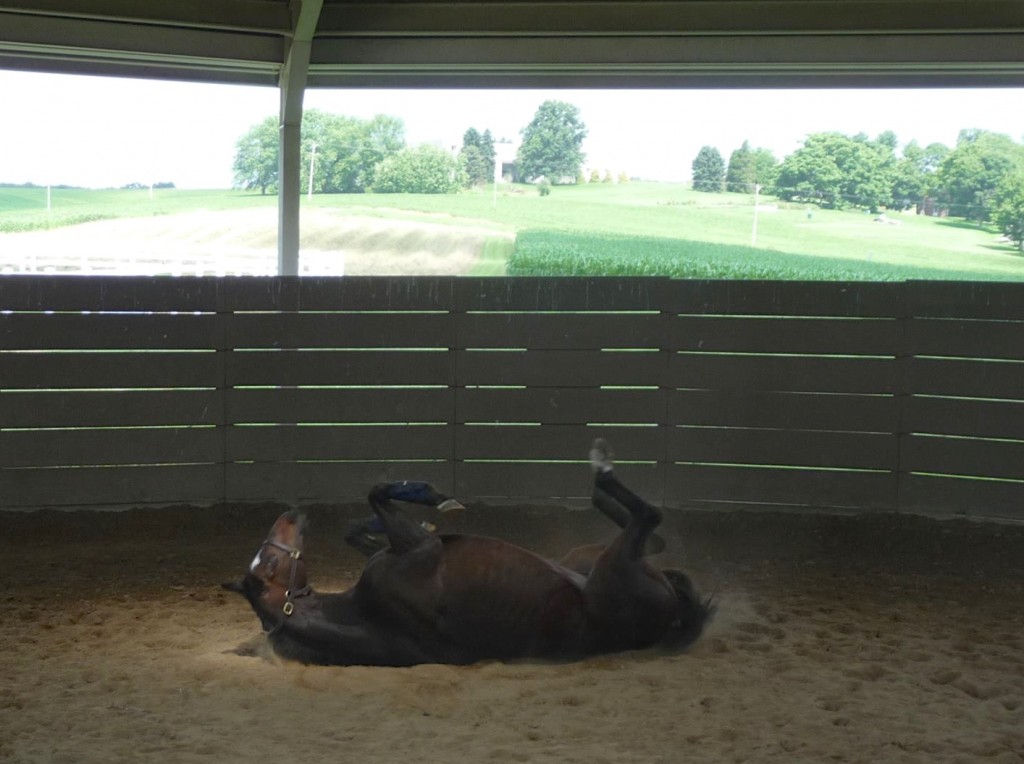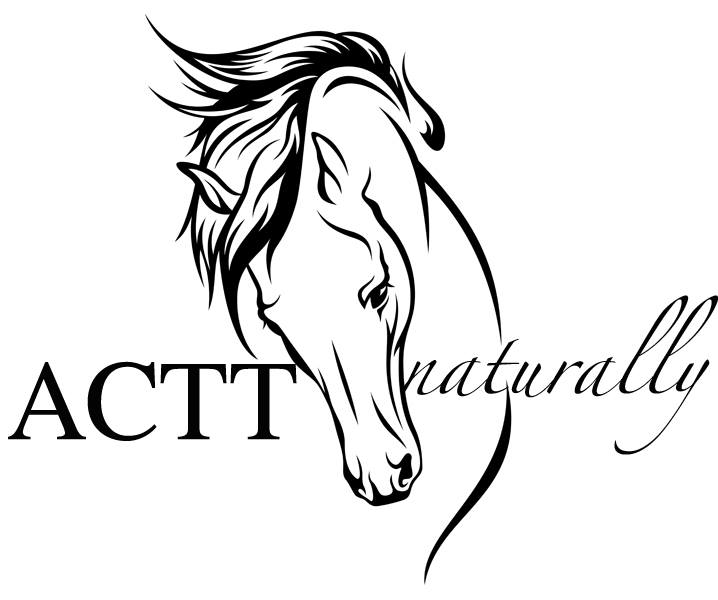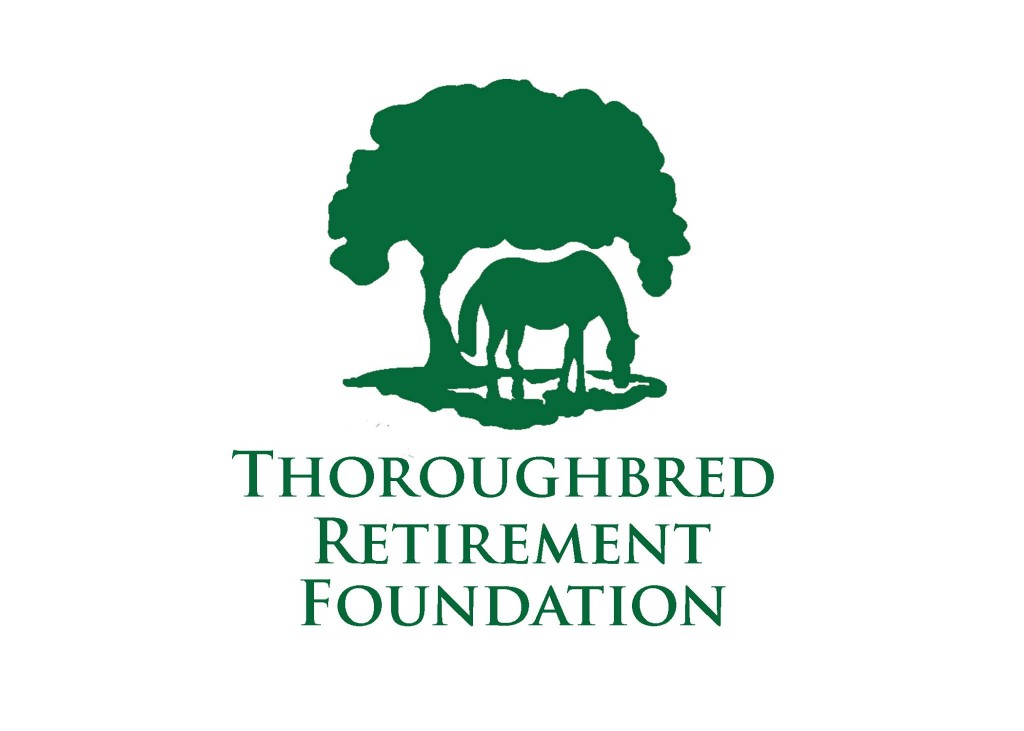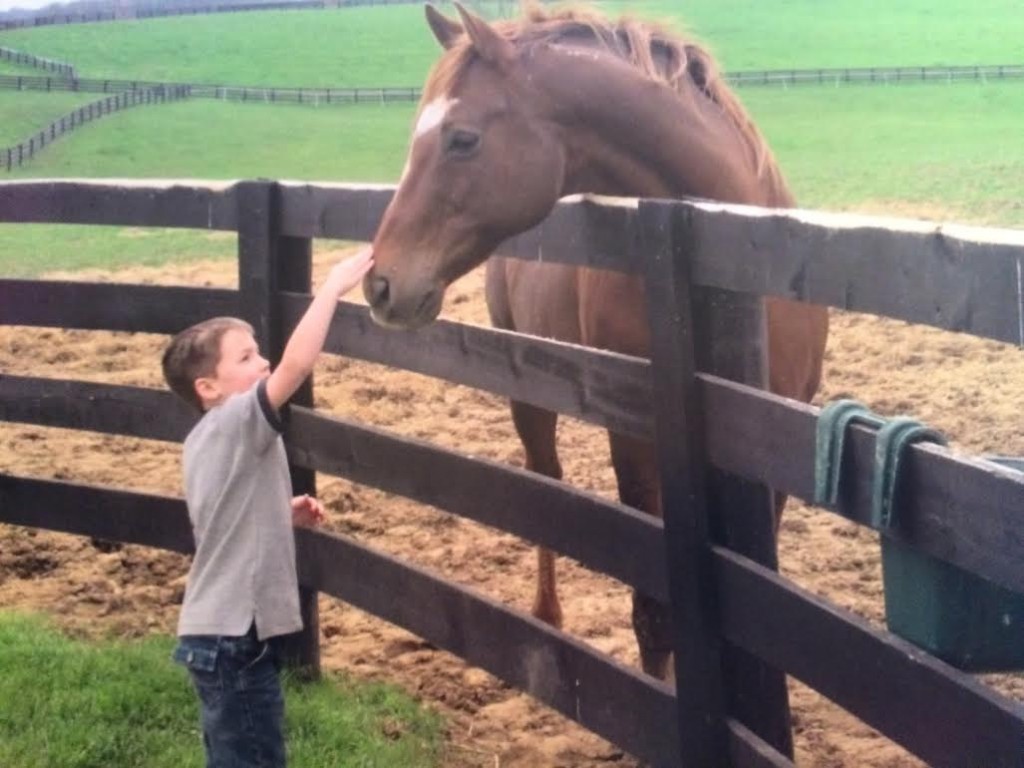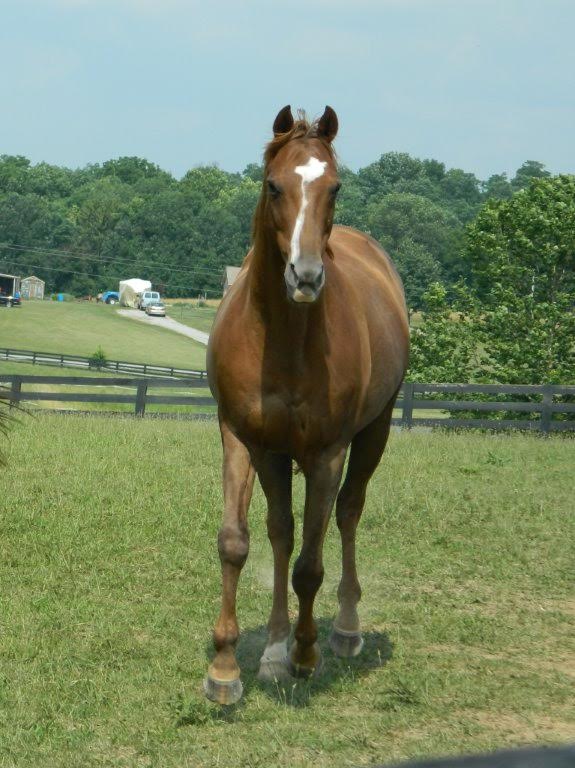Mynah’s Boy stood on a doubled-bowed tendon at the Puerto Rico racetrack, a place where it’s said that a mediocre racehorse hasn’t a prayer in hell of making it back across the Atlantic Ocean.
His future held two possibilities: a good death, or a bad death, says Joan Dunlap, a Pennsylvania woman who spent six sad, exhausting months beating her head against the wall as she tried and failed to raise funds to get the gelding, a son of her very own cherished OTTB Mynah, to safety and properly retired.
“I was thinking it wasn’t going to happen, and I was about to send a couple hundred dollars to the track and ask them to dig him a respectable grave,” Dunlap says. “I was going to ask that they give him a sedative first, and then the final dose to put him down.”
Mynah’s Boy
Sire: Mingun
Dam: Mynah (GB)
Foal date: Jan. 28, 2009This was her only hope for a gently and people-friendly Thoroughbred with bad legs, a bad eye, and stranded on the Puerto Rican island, where she learned during her many hours on the phone and emailing horsemen, that this racetrack, “is the very end of the road—they don’t return to the United States (mainland) from there,” she says.
“Down in Puerto Rico they don’t have a slaughter facility, and I was told they either find them a good home through their rescues down there, or they put them down at the track. Worst case is to be thrown out in the bush to fend for themselves,” she says. “Some die of starvation, and others wind up either in the hands of kids who run them on back streets, or being eaten by predators.”
Try as she did to raise funds to fly the Kentucky bred back and find a safe landing, she received more pushback than sympathy from Thoroughbred advocates who, though kind, pointed out that there were so many horses in need on the mainland that saving Mynah’s Boy seemed a much lower priority.
“People didn’t believe he was worth the money or the support,” she says. “But I disagreed. This horse was bred in Kentucky and … just because he’s a low-end horse, and not a Derby winner, made no difference to me.”
But unable to shoulder the cost of transporting the horse herself, or offer him a place to live, Dunlap was resigned to sending a couple hundred dollars so his owners—who were always cooperative and helpful throughout the process— could put her mare’s fifth foal to sleep.
And then in early May 2015, as Thoroughbred fans around the country turned their attention to the fabled Kentucky Derby, a Thoroughbred advocate with a reputation for being able to “move mountains” intervened.
Marlene Murray of the Thoroughbred charity R.A.C.E. Fund (Retirement Assistance and Care for Equines) contacted Dunlap and offered to mobilize her vast network to bring back Mynah’s Boy.
“She told me she believed that just because a horse may not be a potential sport horse after they’re done racing, that they still have value,” says Dunlap, adding that in the process, she and Murray were able to garner enough support to pay $3,000 to get the gelding flown back, quarantined, and stalled comfortably near Dunlap in Pennsylvania.
“The owner gave the horse away for free and we got that horse out of Puerto Rico in June,” she says, adding that she was told afterwards by rescue workers in Puerto Rico that this was the first time they’d seen a Thoroughbred like Mynah’s Boy make it out. “They told me this never happens,” she says.
Dunlap was reunited with Mynah’s Boy over the summer; her face lighting up with pure joy to see the fifth foal of her OTTB Mynah, safe and happy.
He may not have been the most competitive racehorse on the track, and his injuries will hobble his chances as a riding horse, but Mynah’s Boy still mattered. And after three years of monitoring the horse from afar, and six months of trying, her mare’s fifth foal now has a chance to just be a horse. A chance few if any get after they ship to Puerto Rico.
“Because of his injuries, we knew that he was not really adoptable, and probably not rideable. He’s only 6. But I believed he deserved a chance anyway,” she says. “None of this would have happened without Marlene Murray and a team of incredible people who stepped forward” to deal Mynah’s Boy a better hand than ignoble death in a land far from his birth.

